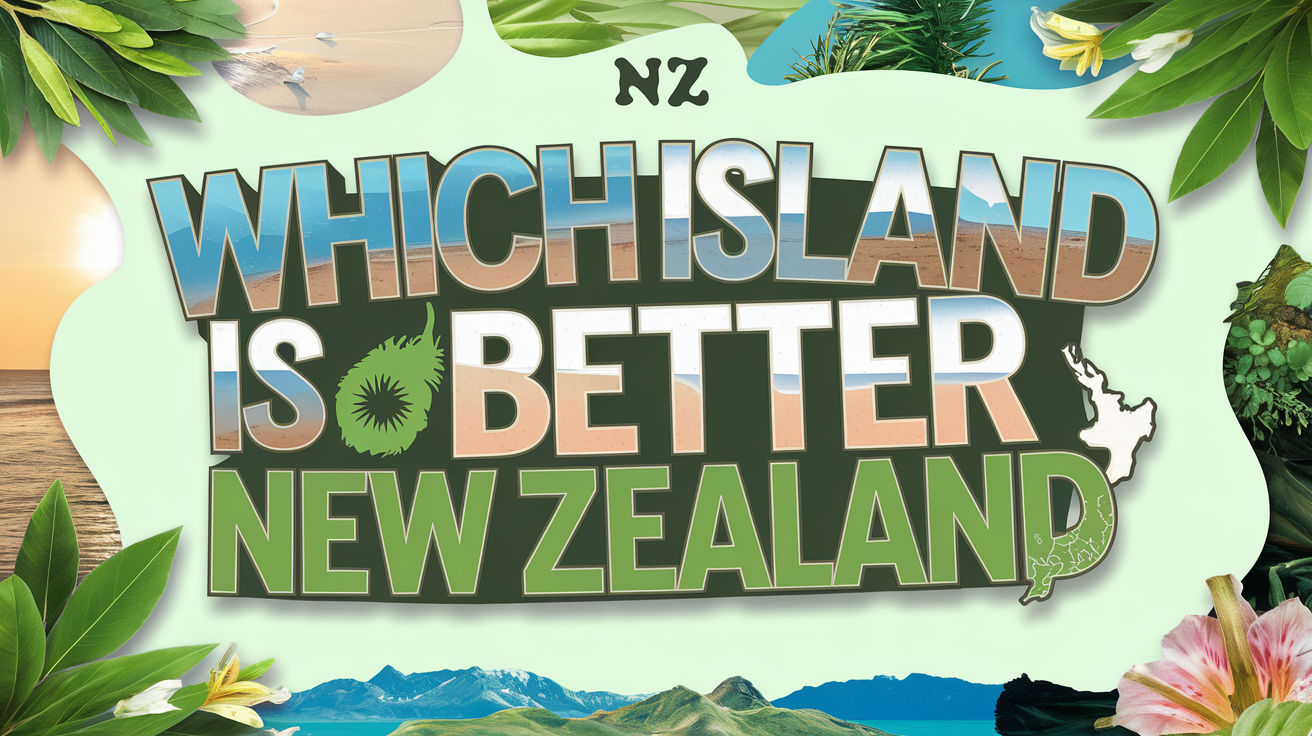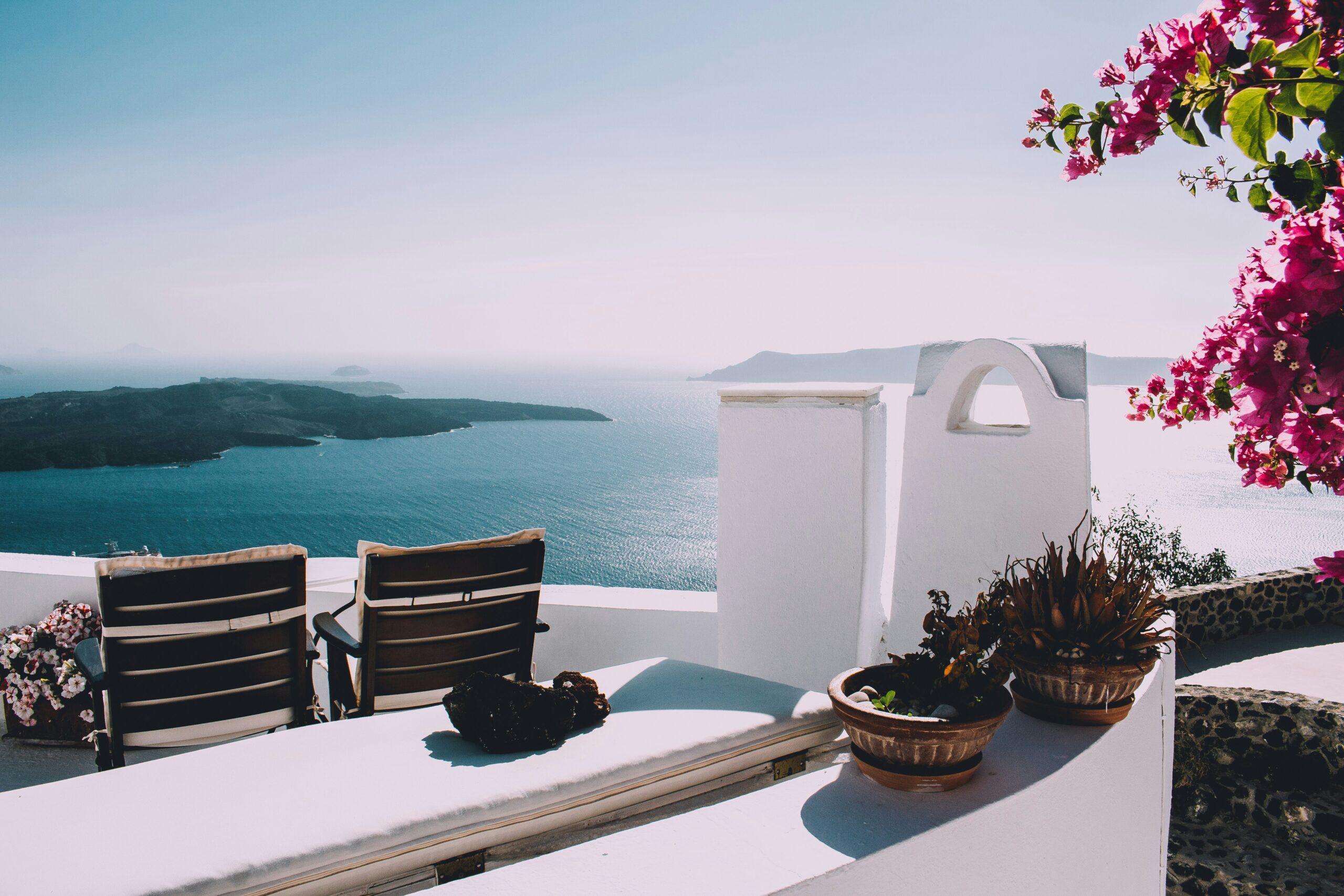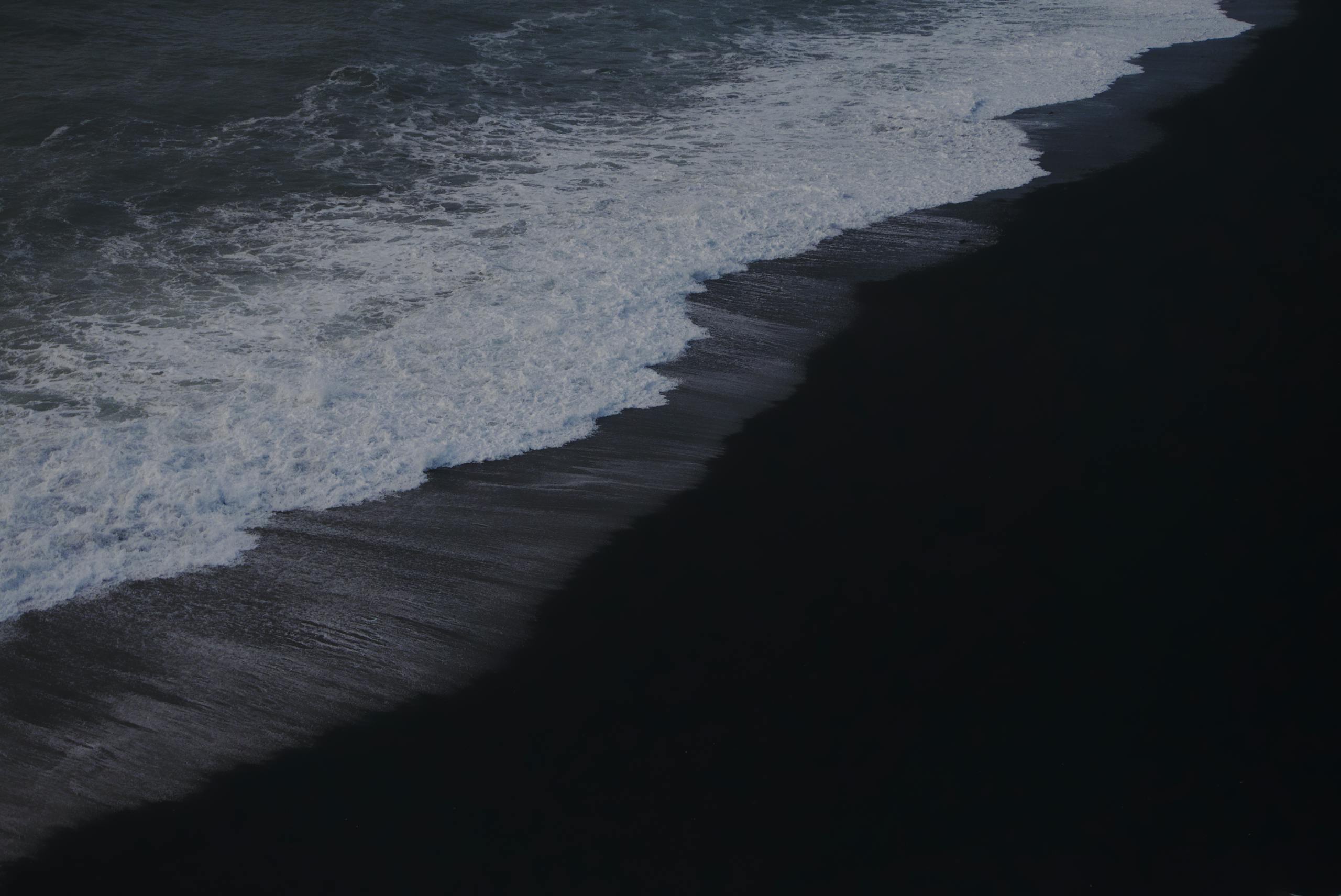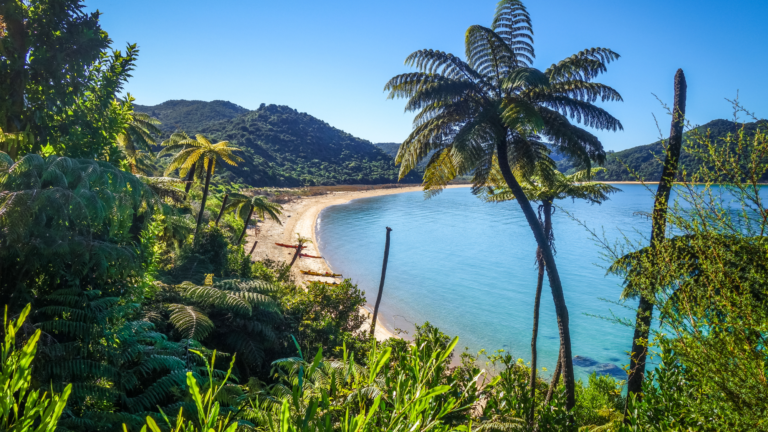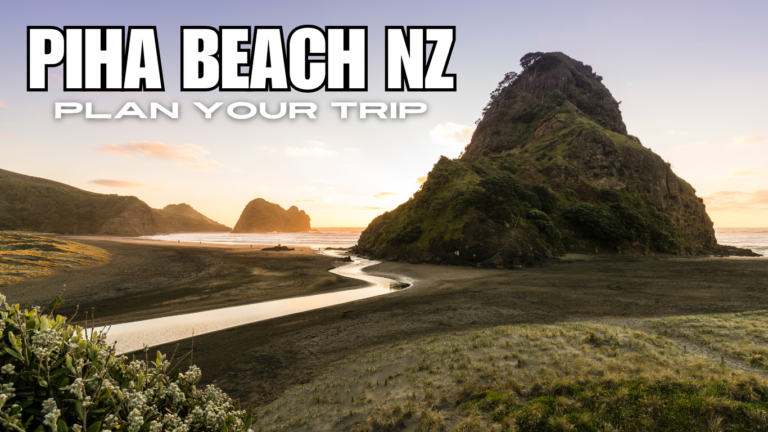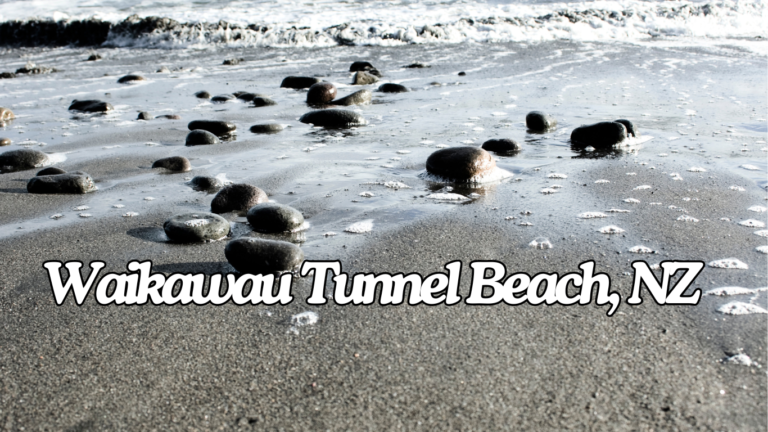Which Island Is Better New Zealand?
Neither island is definitively “better” in New Zealand; your preference depends on your interests and travel style. The North Island offers warmer temperatures, volcanic landscapes, and rich Māori culture, while the South Island boasts dramatic mountain ranges, fjords, and winter sports opportunities. Consider the North Island for beaches, geothermal attractions, and urban experiences in Auckland and Wellington. Opt for the South Island if you’re drawn to alpine scenery, outdoor adventures, and wine regions. Both islands have unique wildlife and stunning natural beauty. Your ideal choice will align with your desired activities, climate preferences, and the time of year you plan to visit. Exploring further will reveal each island’s distinct charms.
Key Takeaways
- North Island offers warmer temperatures, diverse landscapes, and rich Māori cultural experiences.
- South Island boasts dramatic mountain ranges, fjords, and world-class hiking trails.
- North Island is ideal for beach activities and geothermal attractions.
- South Island excels in winter sports and offers unique glacier exploration opportunities.
- Both islands have distinct advantages, and the “better” choice depends on personal preferences and interests.
Geographical Differences
When it comes to geographical differences, you’ll find that New Zealand’s North and South Islands are worlds apart.
The North Island is smaller and features volcanic landscapes, geothermal activity, and lush forests. You’ll encounter geothermal hotspots like Rotorua, known for its geysers and mud pools. The climate here is subtropical, resulting in warmer temperatures year-round.
In contrast, the South Island is larger and renowned for its dramatic mountain ranges, fjords, and glaciers. You’ll be awe-struck by the Southern Alps and notable glaciers like Franz Josef and Fox. The climate here is cooler and drier, with distinct seasonal variations. This island offers pristine lakes and fjords, perfect for hiking and nature exploration.
Both islands boast unique wildlife, including the iconic kiwi and various native birds. However, you’re more likely to spot specific species like the kea and kākāpō in the South Island’s alpine regions.
The North Island’s coastline features stunning beaches ideal for water sports, while the South Island’s landscape is better suited for mountaineering and glacier exploration.
Consider these geographical differences when planning your New Zealand adventure.
Climate and Seasonal Considerations
You’ll find distinct climate differences between New Zealand’s North and South Islands.
The North Island offers warmer temperatures year-round, making it ideal for outdoor activities in any season, while the South Island experiences cooler temperatures and snowy winters perfect for skiing.
When planning your visit, consider that the North Island is best explored in summer (December to February), whereas the South Island’s winter months (June to August) are prime for snow sports enthusiasts.
Seasonal Temperature Variations
New Zealand’s islands offer distinctly different seasonal experiences, with the North Island generally enjoying milder temperatures year-round.
You’ll find that summers on the North Island are warmer, with average temperatures around 23°C (73°F) and highs reaching up to 30°C (86°F). This makes it ideal for outdoor activities throughout the year.
The South Island, however, experiences cooler summers, averaging around 19°C (66°F).
Winter temperatures also vary between the islands. On the North Island, you can expect average temperatures of about 15°C (59°F), while the South Island drops to around 11°C (52°F). The South Island also sees snowy winters, particularly in mountainous areas.
When planning your trip, consider that the North Island typically has about 8 rainy days in summer, while the South Island averages 14 rainy days during winter. This can affect your outdoor plans.
If you’re interested in beach and cultural activities, summer on the North Island is ideal. For skiing and snow sports, head to the South Island in winter.
These seasonal variations will greatly impact your travel experience, so choose your destination based on your preferred activities and temperature preferences.
Rainfall Patterns
Throughout the year, rainfall patterns across New Zealand’s islands paint a diverse climate picture. You’ll find that the North Island generally experiences more concentrated rainfall during the winter months, while the South Island sees a more consistent distribution of precipitation year-round.
On the North Island, you can expect around 8 rainy days per month during summer, with higher humidity levels. This can make for some warm, sticky days, but it’s ideal for beach activities when the sun is shining.
In contrast, the South Island averages about 9 rainy days per month, with a noticeable increase in rainfall on the western side due to the Southern Alps’ orographic effect.
When planning your trip, consider that the North Island’s drier summers make it better suited for outdoor activities during those months. However, if you’re interested in winter sports, the South Island’s cooler climate and more consistent rainfall create better conditions for snow-based activities.
Remember to pack appropriate rain gear regardless of which island you choose, as both experience significant precipitation throughout the year.
Best Time to Visit
Deciding on the best time to visit New Zealand largely depends on your preferred activities and climate tolerance.
If you’re looking for warm weather and beach activities, you’ll want to visit during the summer months of December to February. The North Island is particularly appealing during this time, with average temperatures around 23°C (73°F) and fewer rainy days compared to the South Island.
For hiking and scenic drives, both islands offer great opportunities in summer, but the South Island’s cooler temperatures (averaging 19°C or 66°F) might be more comfortable for outdoor exploration.
Keep in mind that the South Island experiences more rainy days, which could affect your plans.
If you’re interested in winter sports, particularly skiing, plan your trip to the South Island between June and August. The cooler winter temperatures and snow-covered landscapes make it ideal for these activities.
The North Island’s milder winters, with average temperatures of 15°C (59°F), are better suited for sightseeing and indoor attractions.
Ultimately, the best time to visit New Zealand will depend on your personal preferences and the specific activities you’re most interested in experiencing.
Cultural Experiences and Attractions
When it comes to cultural experiences and attractions, both islands of New Zealand offer unique and enthralling opportunities. The North Island is particularly rich in Māori culture, with significant sites like the Waitangi Treaty Grounds and Rotorua providing immersive experiences in traditions and performances.
You’ll find geothermal landscapes in Rotorua, where you can enjoy bubbling mud pools, geysers, and traditional hangi feasts.
The South Island showcases Māori craftsmanship, especially in pounamu (greenstone) and offers cultural experiences highlighting local history. For film enthusiasts, the North Island is home to iconic “The Lord of the Rings” locations, such as Hobbiton and Weta Workshop.
To make the most of your cultural experience in New Zealand:
- Visit Rotorua for Māori cultural shows and geothermal wonders
- Explore Auckland and Wellington for vibrant dining scenes and cultural festivals
- Don’t miss the South Island’s pounamu workshops and local traditions
Both islands provide distinct cultural attractions, but the North Island offers a more thorough Māori cultural experience.
Consider your interests and prioritize accordingly to guarantee a fulfilling journey through New Zealand’s rich cultural landscape.
Outdoor Activities and Adventure
When it comes to outdoor activities and adventure, both islands offer unique experiences.
You’ll find world-class hiking trails like the Milford Track in the South Island, while the North Island boasts excellent surfing spots such as Raglan.
For winter enthusiasts, the South Island’s ski resorts in Queenstown and Wanaka provide a range of options, whereas the North Island’s geothermal activities offer year-round attractions.
Hiking and Trekking Opportunities
Both New Zealand islands offer exceptional hiking and trekking opportunities, but they cater to different preferences.
The South Island is renowned for its Great Walks, including the Routeburn and Milford Tracks, which provide multi-day adventures through stunning alpine scenery and diverse ecosystems. You’ll find abundant options ranging from easy coastal walks to challenging mountain treks in Fiordland National Park.
The North Island, while offering fewer long-distance trails, boasts unique experiences like the Tongariro Alpine Crossing, celebrated as one of the world’s best day hikes. You can explore dramatic volcanic landscapes and stunning lakes on this trek.
The island also features lush rainforests in the Waitakere Ranges and scenic trails on the Coromandel Peninsula.
When choosing between the islands for hiking, consider:
- Time available: Multi-day treks on the South Island vs. day hikes on the North Island
- Terrain preference: Rugged, remote landscapes in the South vs. more accessible trails in the North
- Scenery interests: Alpine vistas and fjords in the South vs. volcanic landscapes and coastal views in the North
Both islands provide diverse terrains and landscapes for hiking enthusiasts, ensuring unforgettable trekking experiences regardless of your choice.
Water-based Adventure Sports
While both islands offer incredible water-based adventures, they each have unique strengths that’ll appeal to different thrill-seekers.
On the North Island, you’ll find world-class surfing spots like Raglan and Piha, perfect for catching waves and honing your skills. If you’re looking for a more relaxed experience, head to the Bay of Islands, where you can sail, kayak, or fish in the sheltered waters.
For adrenaline junkies, white-water rafting on the Tongariro River provides an exhilarating experience with rapids suitable for various skill levels.
On the South Island, you can’t miss the Abel Tasman National Park, famous for its coastal kayaking tours through crystal-clear waters and golden beaches. It’s an ideal spot for combining paddling with scenic hiking along the coastal tracks.
If marine life is your passion, make your way to Kaikoura on the South Island. Here, you’ll have the opportunity to go whale watching, swim with dolphins, and encounter seals in their natural habitat.
This region showcases New Zealand’s rich marine biodiversity and offers unforgettable experiences for nature enthusiasts and adventure seekers alike.
Winter Activities Comparison
New Zealand’s winter wonderland truly comes alive on the South Island. With temperatures dropping to around 11°C (52°F), it’s the perfect setting for snow activities.
You’ll find four major ski areas near Queenstown, including The Remarkables and Cardrona, catering to all skill levels. The Southern Alps offer breathtaking landscapes for skiing, snowboarding, and other winter adventures, with popular destinations like Wanaka and Methven attracting thrill-seekers.
For a unique experience, consider glacier skiing at Franz Josef Glacier, where you can enjoy guided tours on the ice.
The South Island’s winter activities offer:
- World-class ski resorts for all abilities
- Stunning alpine scenery for unforgettable views
- Unique glacier experiences for adventurous travelers
In contrast, the North Island remains milder during winter, with average temperatures around 15°C (59°F).
While it’s less focused on winter sports, you can still enjoy outdoor activities like hiking in volcanic areas such as Tongariro National Park. These trails remain accessible year-round, offering a different kind of winter adventure.
Choose the South Island for traditional winter sports or the North Island for milder conditions and diverse landscapes.
Urban Life and Cuisine
Food lovers and city enthusiasts will find plenty to savor on both North and South Islands. In Auckland, you’ll discover a vibrant urban scene with the world’s highest café density, offering endless options for dining and cultural experiences.
Wellington, the capital, boasts a diverse culinary landscape alongside arts and outdoor activities, cementing its reputation as a cool capital.
For wine enthusiasts, the North Island’s Waiheke Island and Hawkes Bay regions offer excellent tastings and culinary experiences featuring local produce and seafood.
On the South Island, don’t miss Marlborough’s renowned Sauvignon Blanc or Central Otago’s emerging Pinot Noir scene, set against stunning vineyard backdrops.
Both islands offer unique dining experiences influenced by local culture. You can try traditional Māori hangi cuisine on the North Island, while the South Island is known for its fresh seafood and farm-to-table options.
Whether you’re exploring bustling cities or quaint towns, you’ll find a rich tapestry of flavors and experiences that showcase New Zealand’s diverse culinary landscape.
Each island offers its own distinct urban and gastronomic delights, making it difficult to choose just one.
Travel Logistics and Accessibility
Traversing between New Zealand’s North and South Islands is remarkably straightforward, thanks to well-developed transport infrastructure.
You’ll find several options to suit your travel style and preferences. The most scenic route is the ferry service between Wellington and Picton, which takes about 4 hours and offers breathtaking views of Cook Strait. If you’re short on time, domestic flights connect major cities on both islands, with travel times ranging from 30 minutes to 1.5 hours.
For those who prefer to explore at their own pace, both islands boast excellent road networks ideal for self-drive adventures. You can easily rent a car or campervan to access stunning landscapes and key attractions.
Here are three popular ways to travel around New Zealand:
- Ferry services (Interislander or Bluebridge)
- Domestic flights between major cities
- Self-drive with rental cars or campervans
Public transport options like buses and shuttles are available in urban areas and for reaching tourist spots.
However, it’s advisable to book these in advance, especially for less frequent routes. Whether you choose to fly, drive, or sail, you’ll find that New Zealand’s travel logistics make exploring both islands a breeze.
Conclusion
You’ll find that both North and South Islands offer unique experiences. Your choice depends on your preferences and travel goals. Consider the climate, activities, and cultural attractions that interest you most. If you’re torn, try to visit both islands for an all-encompassing New Zealand experience. Remember to factor in travel time and logistics when planning your trip. Ultimately, there’s no “better” island—each has its own charm and appeal for different types of travelers.

